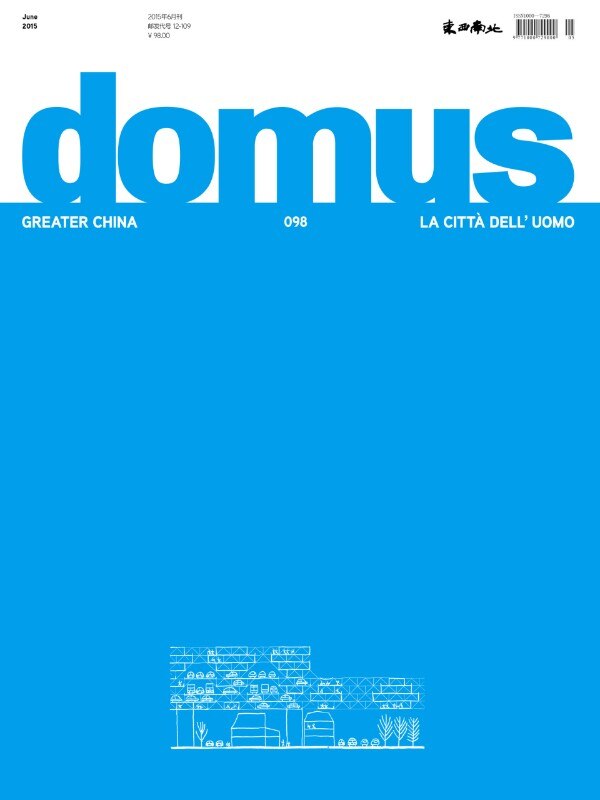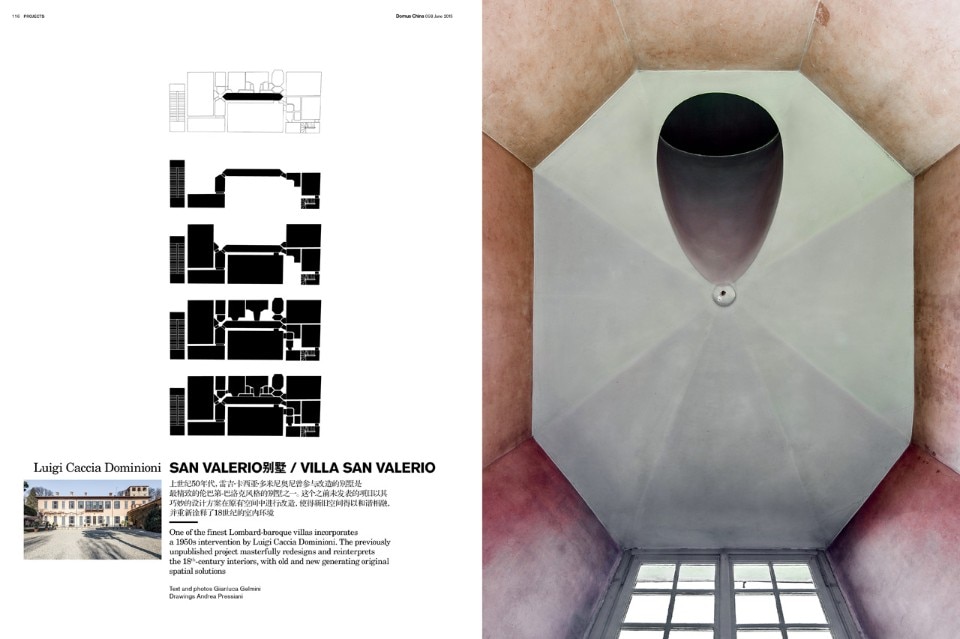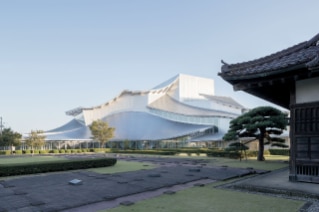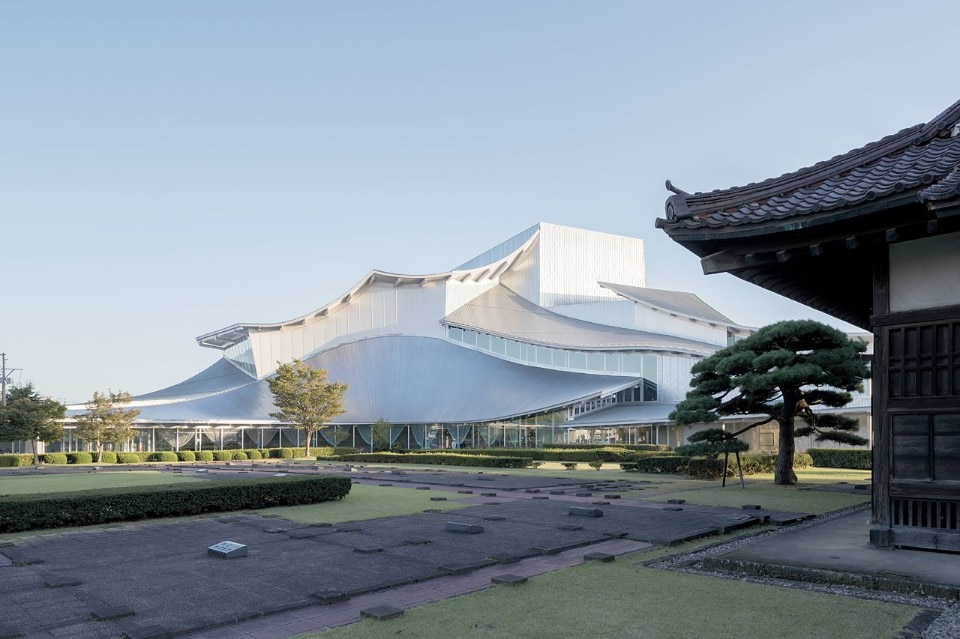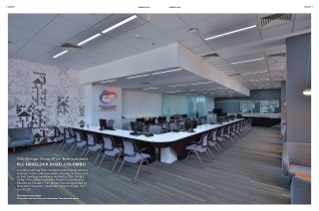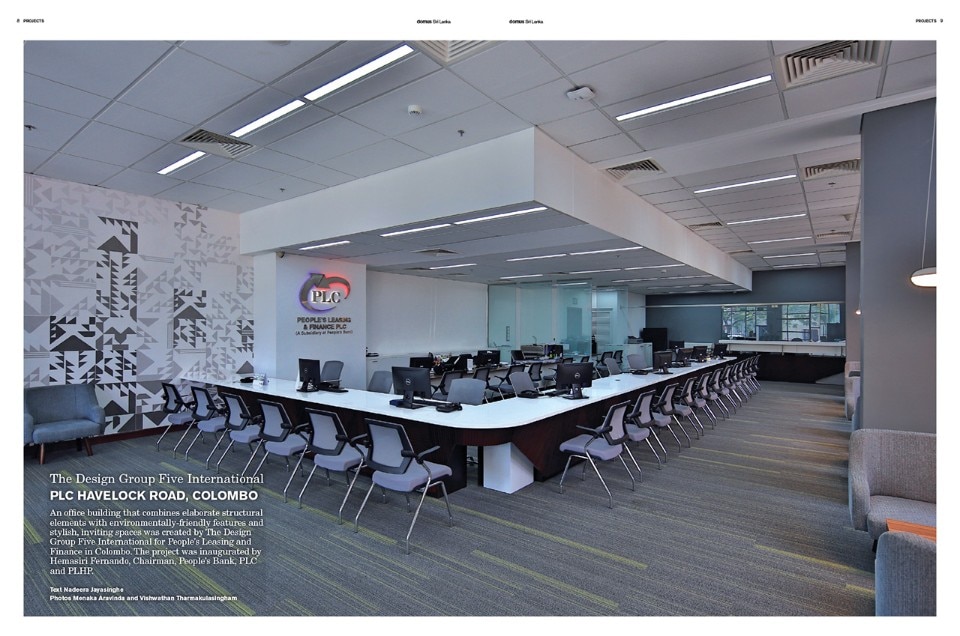On the centenary of Lina Bo Bardi’s birth, an exhibition about her fundamental years in Rome and Milan was held by MAXXI Architettura and Domus as the homage. A text written by Lina Bo in 1947 from Brazil shows her sharp thinking at that particular time. Facing the destroyed houses, she wrote: “A house must be for man’s life... For the first time man is thinking of Man, reconstructing for Man.” That may reveal the true meaning of construction. In the Four Variations on Housing, the contribution of João Álvaro Rocha is explored in the specific field of social housing; while Arduino Cantàfora’s home is narrated in his paintings and writing via every house’s own smell.
Among the projects of this month, the interior design is interpreted in depth by Manolo De Giorgi, followed by two masterpiece of houses: the renovation of one apartment in a 1970’s building by Beniamino Servino became his manifesto which claims that architecture is merely a question of form; one 18th‐century Lombard‐baroque villa turned out to be an outstanding example, in which Luigi Caccia Dominioni integrated new with old masterly.
In school this month is the School of Architecture in Pontificia Universidad Católica De Chile that is contributing to improve the relationship between architecture and the social demand of the city; while Kengo Kuma, in his new T_ADS laboratory at the University of Tokyo, is trying to integrate different design disciplines in the process of architecture training.
In this issue, A Century of China’s Industrial Design leads us to Jingdezhen, the time‐honored capital of ceramics in China. By comparing with the western porcelain brands, the development of Jingdezhen demonstrates the traditional superb artistic level of ceramics in China, as well as its bottlenecks of the transformation in the modern industrial environment.
In the feedback, we will step in Marc Dubois’ Ghent through architectures in the span of different ages. In the Elzeviro, Tomàs Llorens pointed out two lines in the history of 20th‐century art and architecture – one critical and the other constructive. Taking Guggenheim Museum of Bilbao for the example of “disruptive innovation”, Tomàs proposes to enlighten us to rethink whether it is innovative, or just disruptive.
